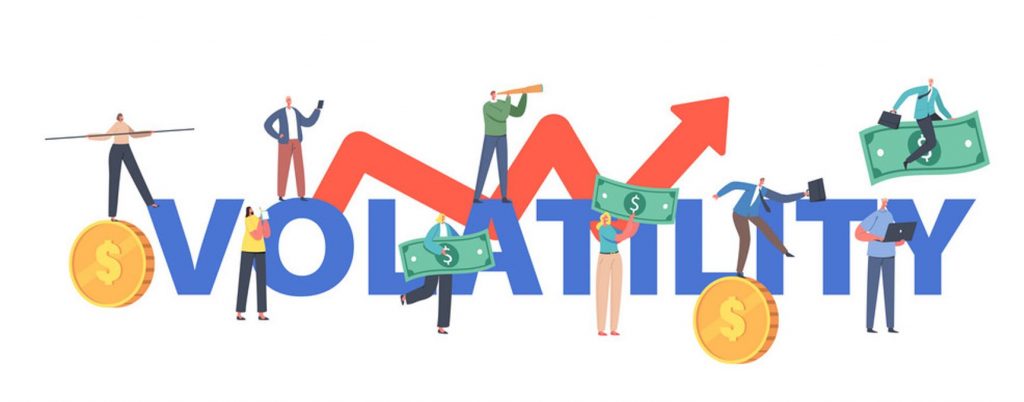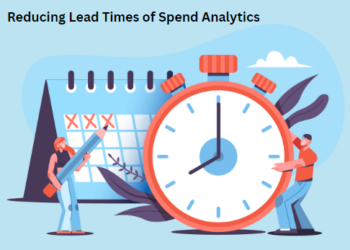The era of Agile Procurement
To cope with volatility as it became the new normal, the procurement function must become more responsive to more factors than ever before. In a word, it must become agile. Agile procurement has measurable benefit, and entails decision making that is both strategic (where and how to build agility) as well as operational (which specific levers to pull). Traditional procurement had cost-saving and at its maturity improving forecast accuracy. In today’s world, procurement’s priority is shifting to management of volatility, scarcity and disruptions, forecasting alone is not enough.

To become agile, procurement teams must have a solid foundation for procurement practices but also expand the scope to consider other elements of agility, such as anticipation, reaction time and cross-functionality. In this blog we focus on the prerequisite for an agile procurement organization.
The capability to manage above mentioned dimensions can be imagined as Legos, where there is a foundation at the first solid and permanent layer and the expansions mentioned above are different components on top of this foundation to add a certain capability for procurement organizations. What can be ignored here easily due to current supply constraints and business pressure is the foundation itself. As a result, an organization might invest in any of additional dimensions but certainly won’t benefit from it.
This foundation is nothing, but organization’s spend visibility and their taxonomy (or spend hierarchy) as the fingerprint. This is and will be the commonality between traditional and agile procurement. In a traditional procurement organization (based on Gartner 2019 research) it takes 30% to 70% of resources to create spend visibility and the remaining of the time to execute on findings focus on cost reduction (usually in silos), however, agile procurement teams pose a well-oiled process and sets of tools to maintain a center-led spend visibility and taxonomy almost real-time with no to low effort from the team so this time can be allocated to the anticipation of possible scenarios and strategical approaches to face each of those and realization of benefits across every situation.
Posing the right toolbox and process for spend visibility is a strong prerequisite for procurement to transform from traditional to agile teams. Given today’s volatile and complex market, this transformation is no longer a question but mainly the How and When are topics of discussion across organizations of different sizes. In the next blog we will explore building agility in three key steps. At the same time, you could read more on best practices to build the visibility foundation here on our previous blogs:
Turbocharge Category Strategy Execution
Turbocharge your category strategy execution & drive continuous business value Category owners invest significant time in stakeholder engagement, in data...
Rewiring Spend Analytics
Rewiring Spend Analytics - the New Era Procurement has more than ever to gain from advances in technology—and more to...






